Ferrari Purosangue review: This SUV’s still a Prancing Horse
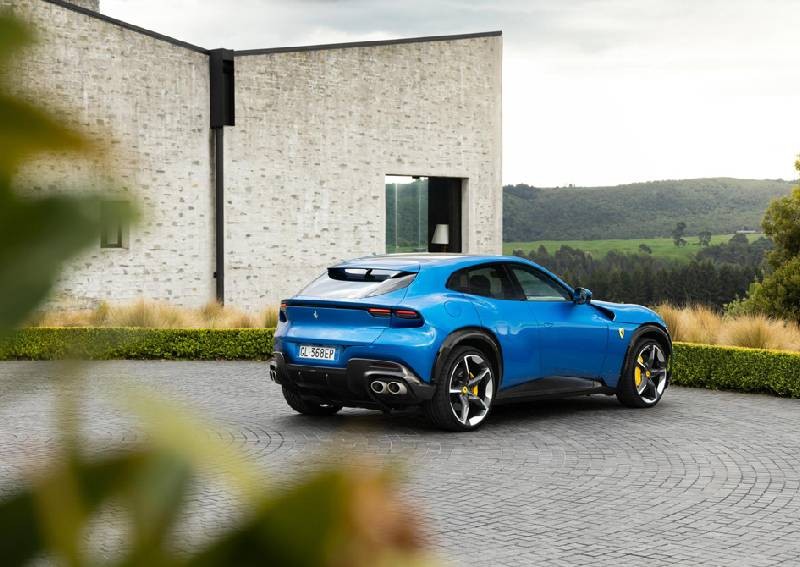
It struck me as odd, having to travel to the far reaches of New Zealand to experience Ferrari’s Purosangue. The drive was part of Ferrari’s Grand Tour of New Zealand, a special touring event that the Prancing Horse organises once a decade.
I was fortunate to be part of their inaugural event, the Ferrari F355 World Tour back in 1997, when I drove an F355 on the Singapore to Kuala Lumpur leg. Over the years, Ferrari has orchestrated epic journeys to the Himalayas, China and across the USA.
This time, I joined the final leg of Ferrari’s 3,000km New Zealand Tour across the country’s North and South islands. My adventure began in Queenstown, where I drove the Purosangue along country roads towards Milford Sound, a highlight of the area.
In a 715hp (725CV) Purosangue, one would expect to complete the 600km round trip in a day. However, it took us two days, mainly because we couldn’t resist numerous stops to sample the delightful cuisine of New Zealand. Not that we were complaining.

The Purosangue might well be the last Ferrari model available today with a naturally aspirated V12 engine. That means it is “untainted” by turbochargers or hybrid systems.
While the 6.5-litre engine is somewhat quieter due to noise (and emission) regulations, opening the windows still facilitates the infiltration of the unmistakable V12 soundtrack. This is also the reason for the numerous impromptu acceleration bursts.
The Purosangue is Ferrari’s first four-door vehicle, but we were encouraged not to label it an SUV. It comfortably sits at the sportier end of the genre, standing tall but not as high as most SUVs. Its all-wheel-drive system is derived from that in the GTC4Lusso models.
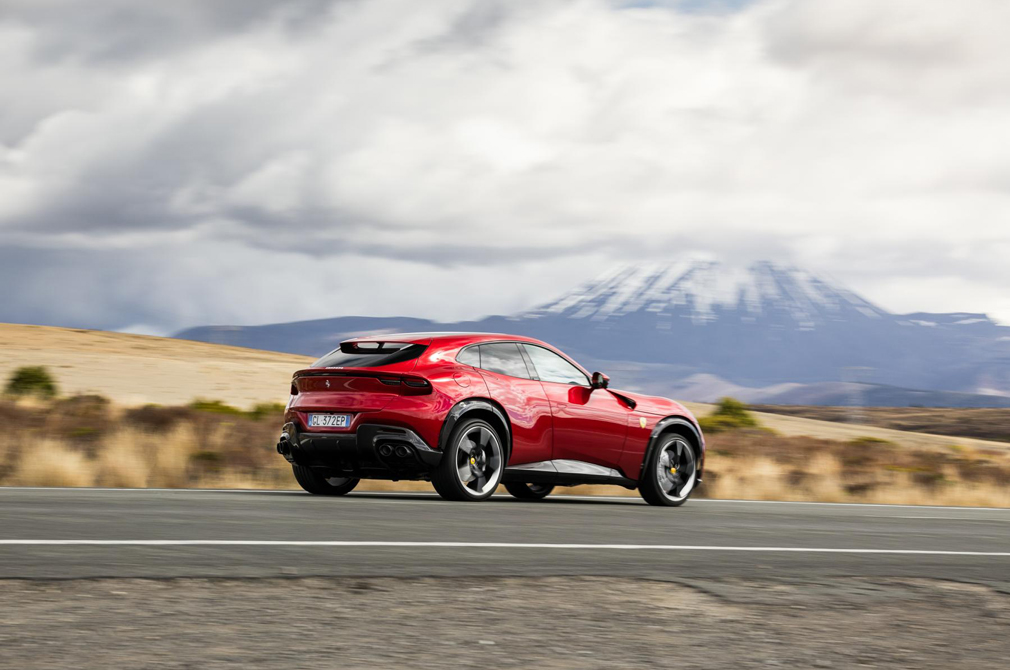
Remarkably surefooted, the Purosangue proves its worth as a capable winter car – a rare feat for a Ferrari. In the splendid summer weather, it showcases its power by sprinting to 100km/h in just 3.3 seconds, despite its weight of 2033kg (dry).
Even with fluids (pushing its weight to a more realistic 2.1 tonnes) it’s impressively light for a car with a 6.5-litre V12. Ferrari claims a top speed of 310km/h.
Crafted from aluminium and carbon fibre composites, the Purosangue has surprisingly nimble performance. Its clever design features rear-hinged “suicide” passenger doors, allowing for easier entry and exit without the need for long rear doors.
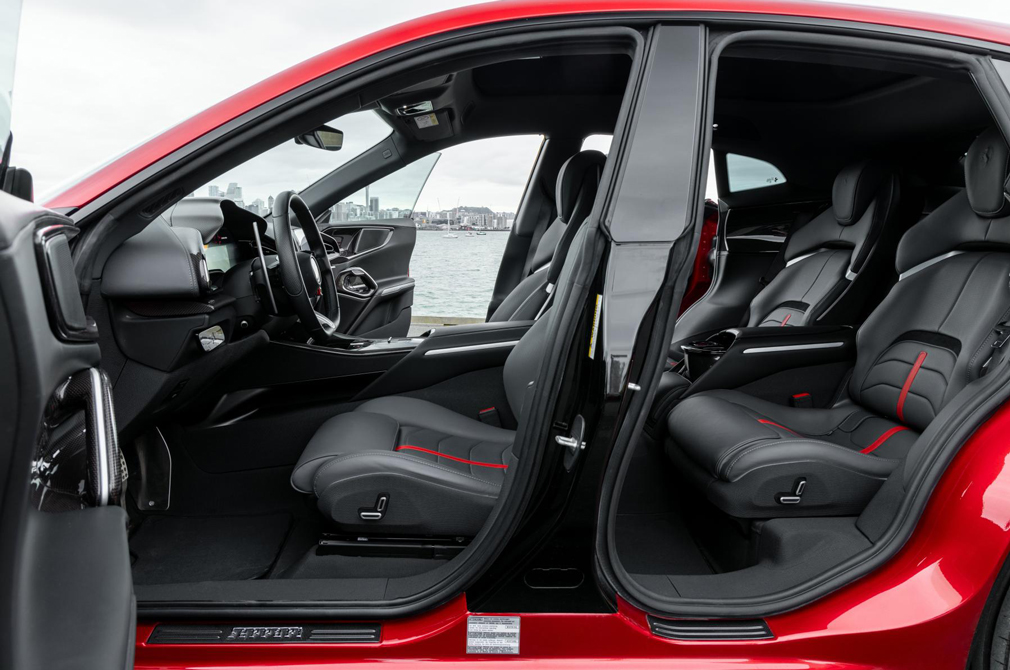
This design allows for a shorter wheelbase, further improving agility, and despite the relatively modest rear legroom, it still boasts the most rear legroom of any Ferrari ever produced.
Compared to the 1920kg, 2+2 GTC4Lusso, the Purosangue is just 113-kg heavier. It also does not compromise on performance or handling thanks to its well-honed F1 DCT transmission and sophisticated suspension system. These are convincing arguments against giving it the SUV label.
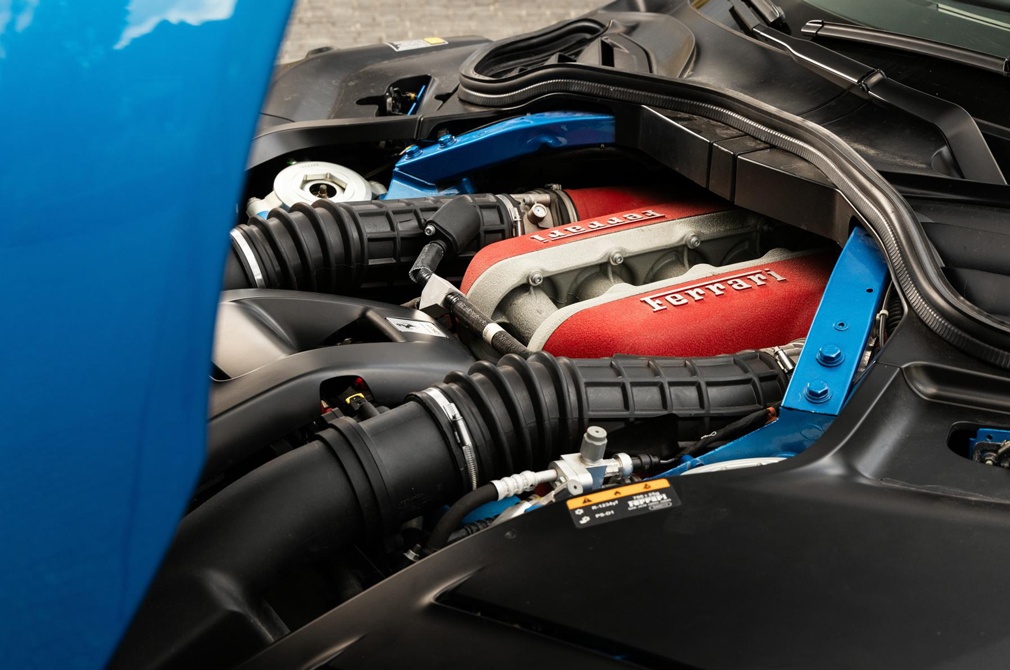
The Purosangue’s pièce de résistance is its styling. Under the guidance of Ferrari’s styling chief, Flavio Manzoni, the Purosangue manages to evade the typical SUV look. It resembles a higher-riding GTC Lusso, albeit taller and with more balanced proportions.
The floating carbon fibre wheel arch mudguards create an illusion of the bodywork floating over the chassis. As with current Ferrari designs, any improvement in aerodynamic efficiency is accomplished without any wings or obvious attachments.
Beneath its captivating appearance lies Ferrari’s active suspension technology, enabled by Multimatic’s True Active Spool Valve (TASV) System, enhancing the driving experience with swift adjustments for self-levelling while maintaining proper damping and suspension.
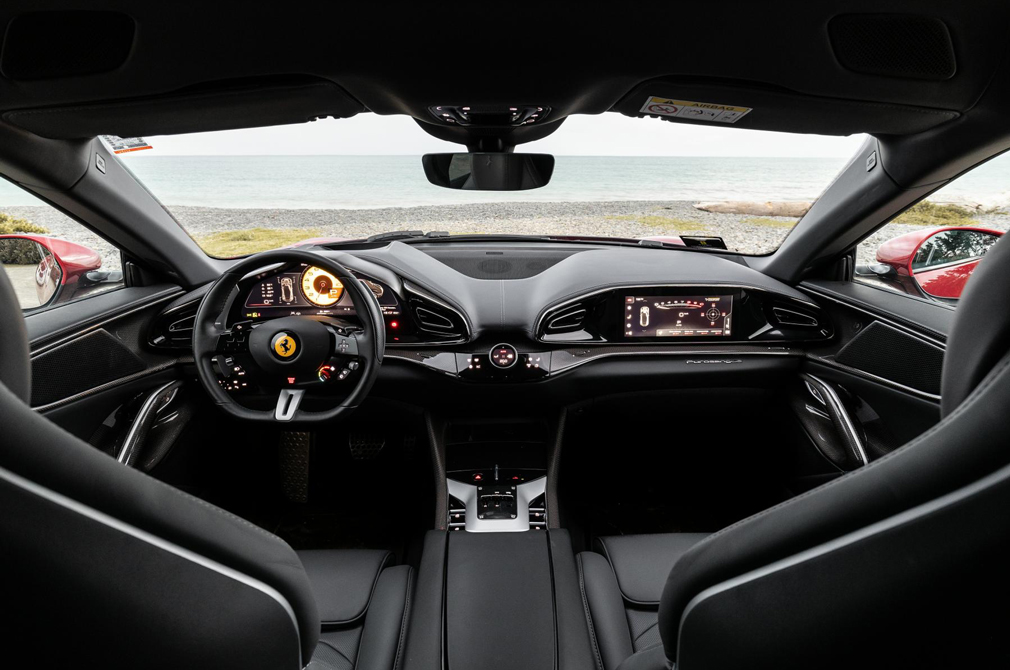
Despite being labelled as “highways”, the main roads around Queenstown are only marginally wider than typical single-carriageway B-roads. However, with only light traffic, these meandering roads proved ideal for testing the Purosangue’s capabilities.
Its sharp and precise steering allows this tall vehicle to manoeuvre confidently through bends, maintaining cohesive chassis movement. This complex suspension is well sorted, inspiring driver’s confidence.
The ride leans towards the firmer side, especially with its large ultra-low-profile tires on 22-inch and 23-inch wheels. Yet, it delivers a surprising level of poise and comfort, absorbing much of the road irregularities that unsettled a rented SUV I later drove over the same route.
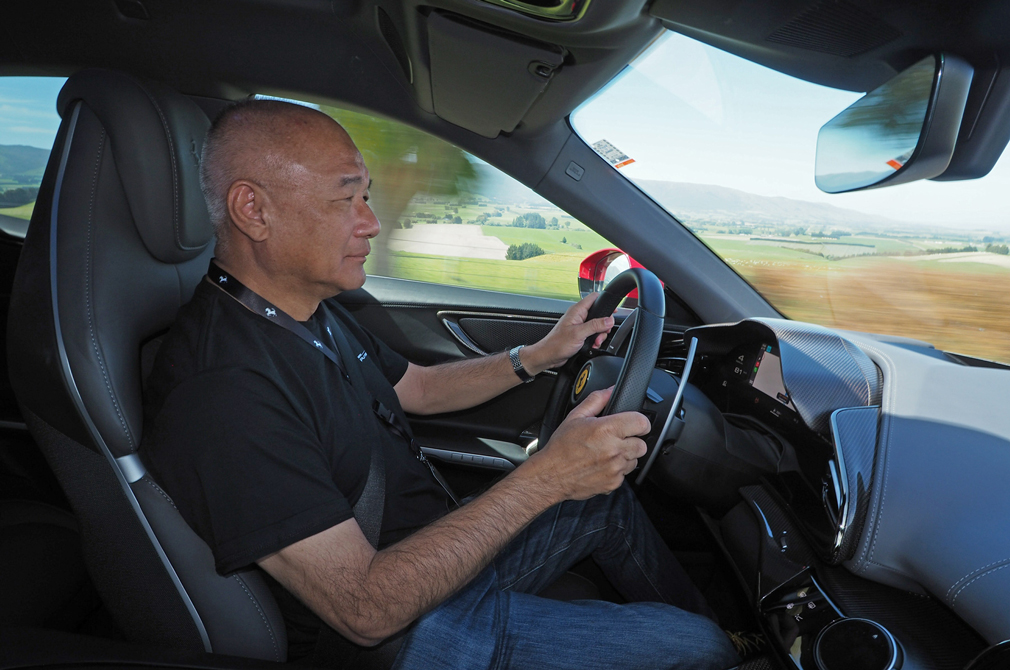
Adorned with an array of controls, the Manettino steering wheel provides precise control, although it might be overwhelming for those not enthralled by intricate electronics.
However, amidst this tech-laden environment, the comfort of the newfound luxury remains paramount – a unique offering within the Ferrari lineup – coupled with excellent outward visibility for superb driveability.
Around 40 examples will find a home here in Singapore despite a mind-boggling price of around $2.5 million when fully optioned and registered. Though it is not a limited-edition model per se, its overall numbers are limited by just how many the factory will be able to produce from now until the end of its life cycle.
If you want to acquire one, the only hope of being able to is if Ferrari considers producing a second, turbocharged V8 version just like the GTC4Lusso and the GTC4Lusso T.
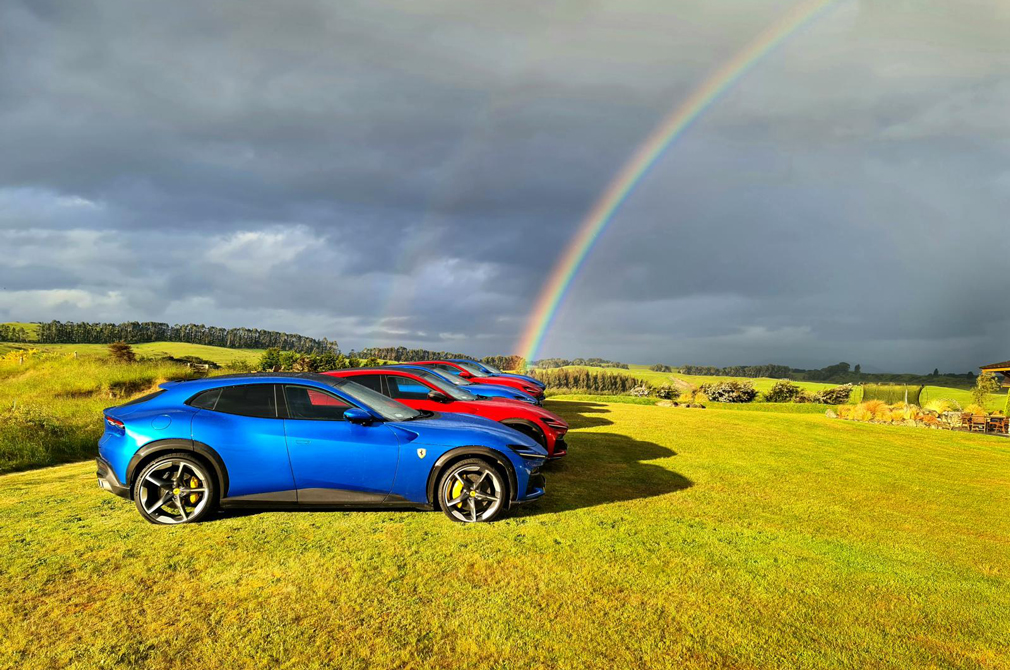
This article was first published in Torque. Permission required for reproduction.
ALSO READ: Toyota keeps crown as world's top-selling automaker in 2023